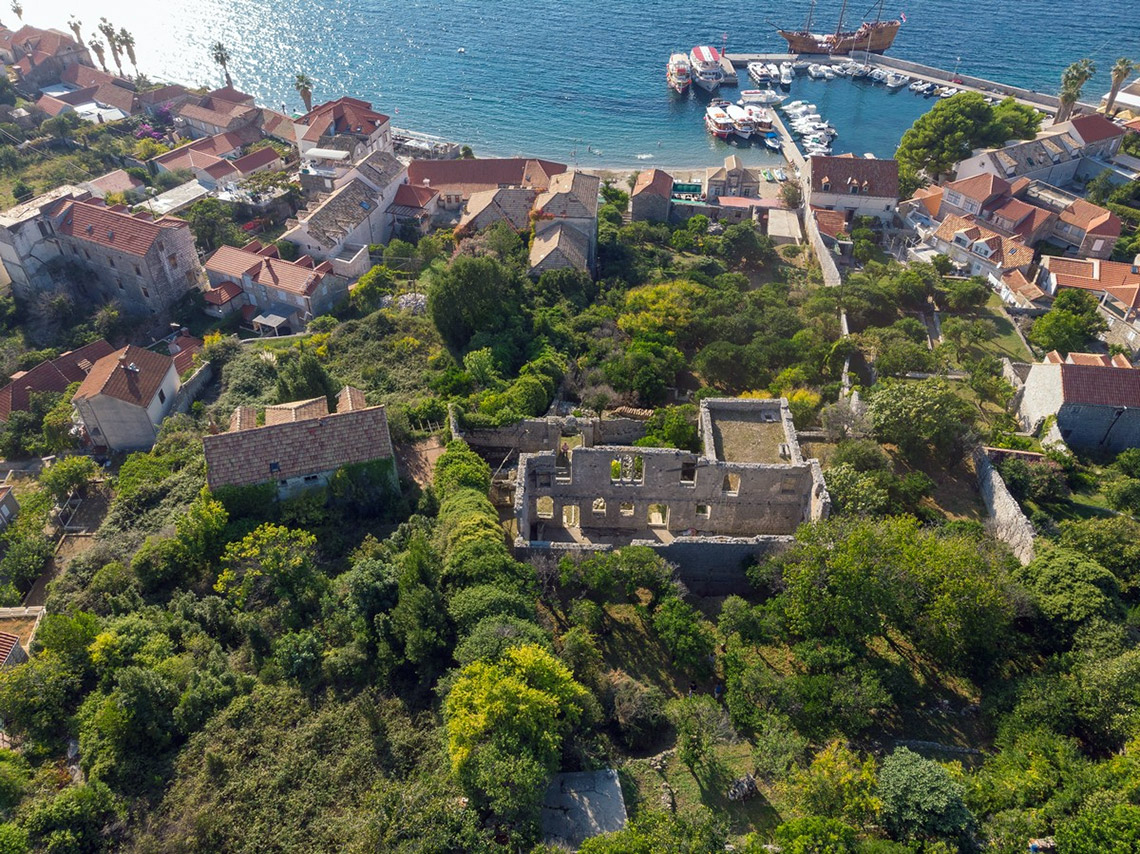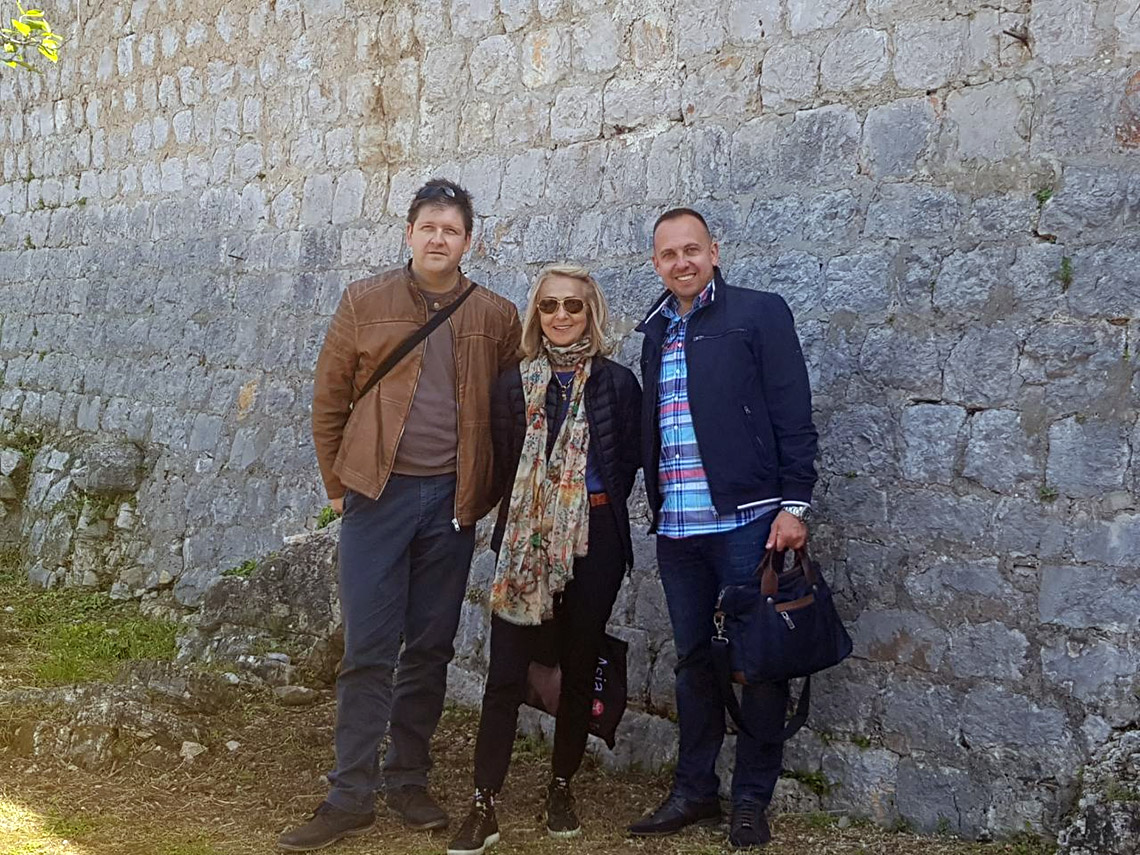Recently, we had the honor of mediating in the sale of the Rector’s Palace on Lopud, and this, in many ways, unique court was returned to the custodians of the heritage from private ownership. The Society of Friends of Dubrovnik Antiquities, as a proud new owner, will return part of former splendor to this imposing building, and all with the desire to create public space that will show how the state government functioned on the islands in the past by exhibiting archeological excavations enriching the cultural offer.
The Rector’s Palace on Lopud is considered the most beautiful than all others, both in terms of style and characteristics of construction, and due to the fact that it is both an administrative building and a summer house. It is belived that the palace has been built in the middle of the 15th century at a time when the island of Lopud was one of the most developed parts of the Republic of Dubrovnik and the second most important port after the city itself.Therefore, it is not surprising that the court is characterized by distinct luxury for that time, and whose remains can still be seen today. Of all the palaces, and there are many, Rector’s Palace on Lopud is of the highest quality, especially considering the architecture and everything within the palace, considering that the building unites the office, the prince’s apartment, the cisterns and the prison.

Life on the island was very different back then. Lopud was the most important maritime center of the Republic, and a population was engaged in cultivating the land and fishing. It is interesting that construction contract has not yet been found for the Rector’s Palace on Lopud as for the other palaces on which excellent Dubrovnik masons and Korčula stonemasons worked, and the quality of construction for Lopud Palace surpasses the rest. Adaptation to the geological base by reshaping the rock to accommodate the black pit, and to be the foundation of the wings and tower are the reason why this court withstood all earthquakes. The ground floor housed a saloon, kitchen, office, archive and toilet facilities. Upstairs was a central hall illuminated by carved Gothic trifores and monophores decorated with a rarely preserved motif of twisted rope, equipped with the most beautiful pieces of stone furniture; a wall-mounted sink and a large closet, and rooms with window seats and a fireplace. A large portal with a pointed arch as the main entrance to the Rector’s Palace, a paved courtyard that gives off a public purpose, barrel vaults – this is where you can see the splendor and richness of the island. It was a time when the court served the prince and his visitors in a way that more attention was given to the comfort and convenience of living.
We are looking forward to seeing how the Rector’s Palace will evoke the life of the prince and chancellor and the islanders of Lopud in the future.



